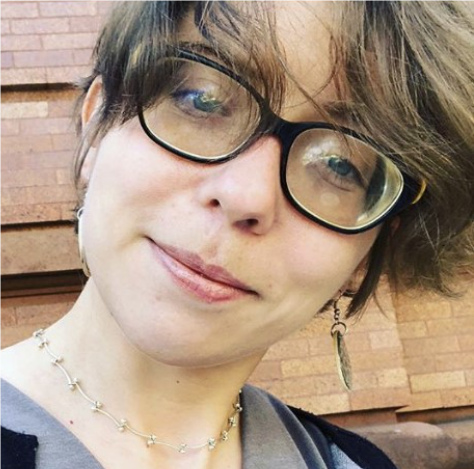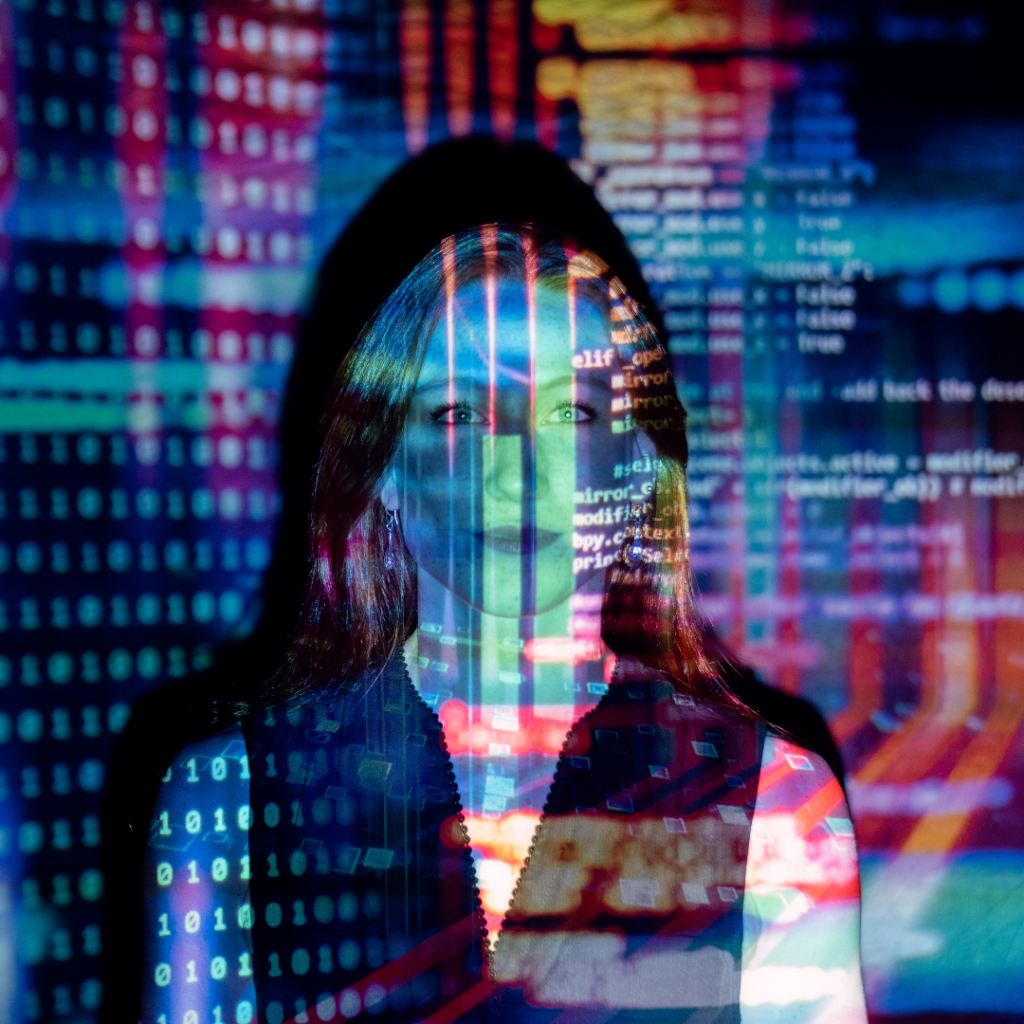At the moment, we are at a transformative time where CS Education can be a new success pathway within special education. However, we need more compassionate disruptors to make this happen. Why? Because special education continues to face barriers for meaningful inclusion. Most problems and solutions sit in how we discuss special education period. It’s an art form as well as an intervention.
Computer science expands our parameters for communication and cognition. It’s imperative that we consider ways to craft spaces for social connection when we approach coding curriculum. Many children engage in team sports not because they will become professional athletes, but for the socialization of it all. Coding needs to be approached the same way. So many students are left out of the experience of coding because they are certificate bound. Even though they enjoy games. Even though they enjoy creative expression. Even though they love robots. If experiences aren’t included in inclusive practices, then they are shallow at best. We can all do better.
Why are we as a society to scared to approach learning from a granular level? To slow down. To consider and closely examine a process in its simplest steps. Why are educators hesitant of a new pathway to assess cognition? To be fair, coding is dense and there is a wall a lot of students will encounter in learning the processes. But we as educators can plan for this and center their learning as an artform. Here are the games you can make. Here are the robots you can program. Here are the ways you can connect with your peers. Let’s have them pause and recognize your perspective and slow down. Let’s honor your perspective. Let’s not shoehorn you into a hackathon because you can’t keep up the pace. Let’s not include you if you are a “helper” or an “usher” and not a participant.
Educators must prioritize showcasing that there are so many speeds at which to engage with the world. All educators are supposed to support a student’s life path, and it is oftentimes steered by a career or job program. We have thankfully arrived farther than that, but not every school district is connected to community resources that center empowerment. How can you? Let’s review the ways we can address how innovation owes so much to inclusion. Neurodiverse learners understand patterns and we need to expand this to all processing speeds and levels. When discussing special education, students with autism and ADHD are highlighted more because of what they can produce and achieve quickly. Students with cognitive delays, cerebral palsy, and autism with more severe impacts on communication are not highlighted in special education marketing. Or, if so, they are not empowered in any way. They are infantilized.
Let’s take a page from the book of Leah Laksmhim Piepnieza The Future Is Disabled. Arts events are centered on the experience of neurodiverse creatives and participants. Jennifer White Johnson has built data bases of Google Disabled Creatives to highlight the need to actively hire (and support) neurodiverse talent.
The workforce is becoming radically more accommodating and workplace accommodations improve everyone’s quality of life. MIT’s MITRE network that hires neurodiverse coders immediately comes to mind. But our students don’t hear about how cool standing desks are, community break areas, naps zones, and unlimited time off until after they graduate. This is where you come in. Find ways to instill hope in your inclusion practices.
Scaffolding Solutions
- Scaffolded coding stations with micro-challenges for code.org so content is chunked
- Find overlays for IEP goals for reading and math or OT; teachers are already doing in, don’t get left in the dark
- Partner with Scratch Foundation, that is actively hosting meetups where educators share their process to make Scratch more inclusive as a software (Tactile Scratch)
- Use unplugged activities to support screen based activities and game design
- Pop the hood of a popular game to explain CS concepts, a lot of our students understand this well
- Emphasize the literacy skill of sequencing and navigating through menus on a tablet and find ways to build that into your classroom–acknowledge the intelligence they have (they love technology at home—that’s incredible!)
- Map the year in remixes
- Build in open ended celebrations of learning in hackathons and robotics competitions
- Let students surprise you, keep the end option open for them
- Acknowledge the complexity of the challenge they are entering, from their own perspective
- Acknowledge multiple ways of seeing
- Acknowledge the value of making space to consider different processing levels
- Acknowledge the wisdom of different processing levels–when we value mindfulness as a practice, this is how they live their lives – fully immersed in sensory details that make life more poetic.
Suggested Resources and Reading
- MIT Tactile Scratch: Romania and Spain
- MITRE’s Neurodiversity at Work Initiative
- Jennifer White Johnson Google Black Disabled Creatives
- Itineris: meaningful employment, community engagement, dignity of choice for adults with autism
- I Want to Be With You Everywhere (and Am) performance art gathering at Whitney and Performance Space Gallery
- Leah Lakshmi Piepnieza: The Future Is Disabled collection of essays
- Alice Wong: Disability Visability Project
- adriene marie brown: author, activist
- Fidgets and Fries: author “A Day Without Words”
about the author

Since 2008, Kathleen Mazurek’s design work has focused on how technology exploration bridges multi-modal communication. Baltimore-based, she holds a dual certification in art/special education and a Masters in Leadership in Teaching. Her current role as a special education art teacher at the William S. Baer School has allowed her room to explore adapted computer science as an expressive medium. She has developed and facilitated curricula, workshops, and PD through the MSDE, Baltimore City Public Schools, Baltimore Museum of Art, 21st Century Schools, Enoch Pratt Public Library, Kennedy Krieger Institute, and Digital Harbor Foundation. Her work has been featured in the New York Times, Slate, Bmore Art, and Technical.ly Baltimore. After her team’s first app, createAchimera, won the 2015 Baltimore Hackathon, she examines how tech nurtures metacognition with her grant-funded workshop Decode Me Space. Through the CSTA Equity fellowship, she wants to grow as an instructional designer to build gamified assessments and learning platforms to highlight latent skills for learners with special needs.

